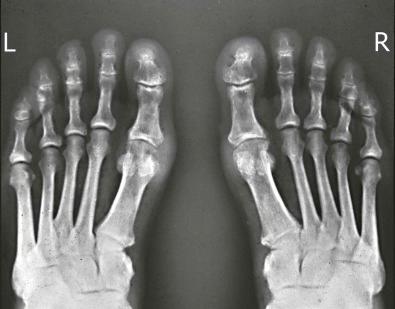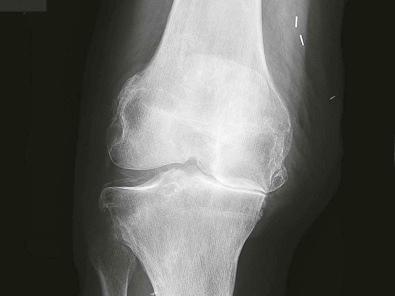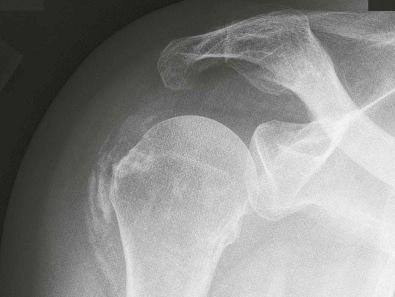Physical Address
304 North Cardinal St.
Dorchester Center, MA 02124
The term crystalline arthropathy is a general term that refers to the presence of crystalline deposits in or around joints, sometimes within tendon sheaths and bursae as well. Essentially three crystalline substances may be found in articular and periarticular tissues. These three are monosodium urate (MSU), the cause of gout and gouty arthritis; calcium pyrophosphate dihydrate (CPPD), a finding in many degenerate joints and the cause of pseudogout; and hydroxyapatite (HA), the deposit in cases of other “calcific” diseases.
The history of gout has been colorful and often poetic, in stark contrast to the exquisitely painful nature of the disease. Gout in one form or another has been known for millennia, having been identified in Egyptian mummies. Although gout may affect individuals of all socioeconomic classes, it has often been recognized as a disease of the well-to-do, mostly because of its tendency to develop in individuals of an upper or privileged class with access to foods rich in purines such as meat, fish, and poultry. Today, this is not quite the case, but it helps explain the colorful history of this condition. Many sufferers were highly educated and often erudite individuals, such as Benjamin Franklin and Thomas Sydenham, who gave an eloquent description of the exquisitely painful acute attacks of gout he personally experienced in the 17th century.
The history of recognized CPPD disease, on the other hand, is much shorter and less colorful, having been recognized in the late 1950s and more fully characterized in the decade that followed. The clinical presentation of cases of CPPD disease, which may mimic gout, is referred to as “pseudogout.”
The history of diseases associated with HA (and other basic calcium phosphate crystals) is not well defined and runs generally concurrently with that of CPPD. It dates to the advent of the use of chemical and ultrastructural analyses in human tissues over the past several decades.
Gouty deposits may be the most dramatic, clinically and histologically, of the crystal-associated diseases, but CPPD, usually without clinical symptoms, is by far the most common in surgical materials. CPPD is present in approximately 17% of total knee specimens (ranging from less than 10% in individuals younger than 60 years to more than 30% in individuals older than 80 years), with nearly identical incidences for intervertebral disk samples. HA is more common than gouty deposits but less than CPPD deposits in surgical materials.
Deposits of MSU are not visible radiologically except where the deposits may be secondarily calcified ( Fig. 20-1 ). Deposits of CPPD ( Fig. 20-2 ) and HA ( Fig. 20-3 ), both of which contain radiologically dense calcium, are generally visible radiologically as punctate, globular, or even massive calcific densities. Radiologically visible deposits of these crystals are referred to as “chondrocalcinosis” because they are visible in locations known to contain cartilage, meniscal tissues, and other soft tissues that have a chondral or fibrochondral matrix. “Chondrocalcinosis” is equally appropriate as a descriptive term at gross examination of these same tissues.



Become a Clinical Tree membership for Full access and enjoy Unlimited articles
If you are a member. Log in here